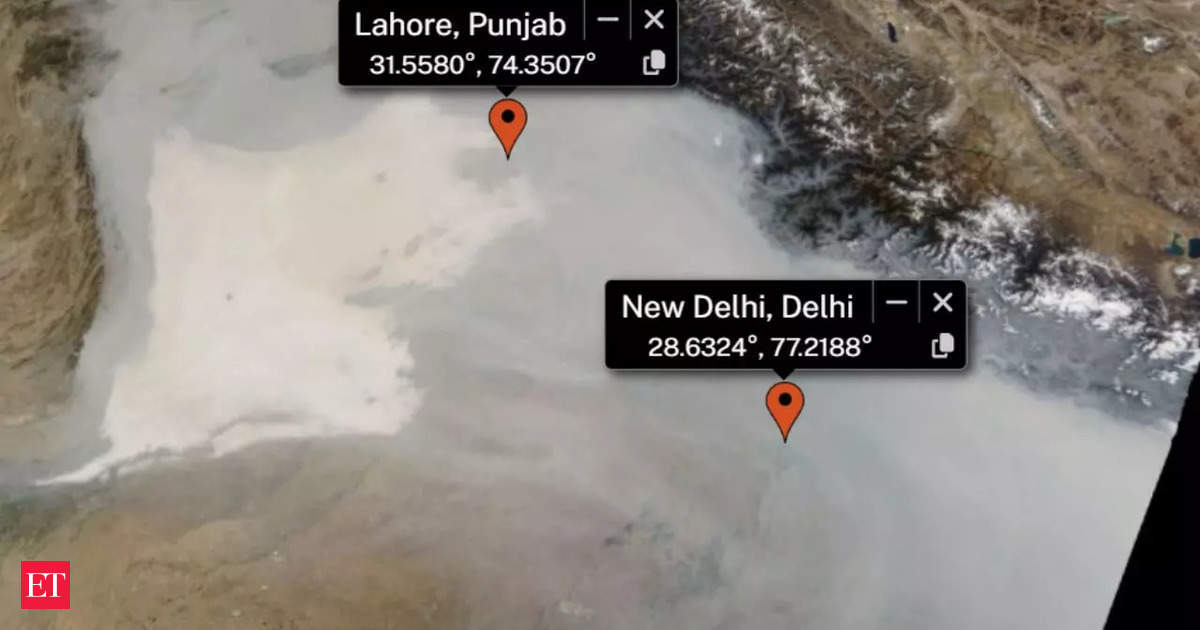Shift in Burning Timings: A Possible Strategy to Avoid Detection?

A recent analysis by NASA scientists has shed light on a possible strategy employed by farmers in north-west India and Pakistan to avoid detection by satellite monitoring systems, despite declines in reported stubble fires.
According to Hiren Jethva, a senior research scientist at NASA, examining geostationary satellite images of the region revealed localized puffs/clouds of smoke in the late afternoon. This suggests that farmers may be intentionally altering their burning schedules to coincide with periods when satellites are not actively monitoring the area.
The observation raised concerns about the accuracy of fire counts and the true extent of stubble burning in the region, as NASA satellites pass over the area around 1:30 pm to 2:00 pm IST. In contrast, geostationary satellites like GEO-KOMPSAT-2A pass over the region every 10 minutes, providing continuous monitoring.
Jethva's analysis showed that fire activity appeared to shift to the late afternoon, a period after the NASA satellites had passed over. He proposed that farmers may be avoiding satellite overpass time, which could be one reason for the decline in reported stubble fires.
However, experts have warned that relying on the number of reported fires as a measure of the problem may not be accurate. Chandra Bhushan, CEO of iFOREST, pointed out that despite a 80-90% reduction in farm fires, aerosol levels in the atmosphere remain largely unchanged over Punjab and Haryana.
Bhushan suggested measuring the total burnt area as a more accurate approach, rather than relying on reported fire counts. Moreover, local officials have rejected the theory that farmers are deliberately changing their burning patterns to avoid detection, citing the accuracy of data collected by the Punjab Remote Sensing Centre using both ISRO and NASA satellites.
Other states like Uttar Pradesh, Rajasthan, Madhya Pradesh, and Delhi have seen a rise in farm fires compared to previous years, indicating that while certain regions are improving, the problem persists in other areas. As experts continue to debate the extent of stubble burning and the reliability of satellite data, further investigation and improved data collection are crucial for addressing the environmental impact of crop residue burning in the region.
